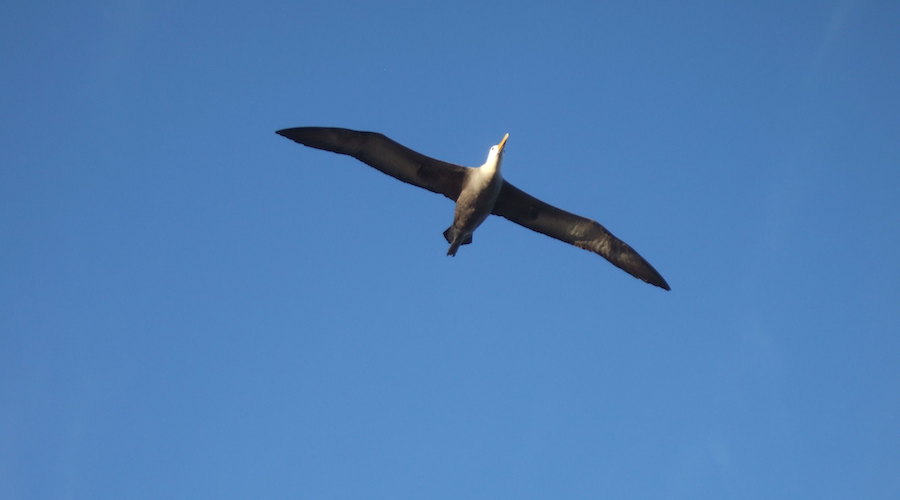Most seabirds off northern Californian coast unlikely to collide with future wind turbines – study

Researchers at the US Department of Energy’s Pacific Northwest National Laboratory (PNNL) and environmental consulting firm H.T. Harvey & Associates studied the flying patterns of seabirds off the northern Californian coast and found that most seabirds in the area fly far below the height at which potential wind turbines would operate.
Using a buoy fitted with PNNL’s ThermalTracker-3D (TT3D), a stereo camera system equipped with thermal cameras to track birds as they fly overhead, the scientists evaluated flight data for 1400 birds. Their analyses show that 79% flew in the first 25 metres above sea level, with most activity concentrated in the first 10 metres above sea level. This is significantly below wind turbines’ space of influence, which would stretch from 25–260 meters above the water.
Of the remaining birds tracked, 21% flew at heights that overlapped with hypothetical turbine blades, while fewer than 1% flew higher. No birds were tracked flying higher than 316 metres above sea level (the detection range of the system is limited to around 400 metres). Where the day length was about 14 hours, most birds were spotted during the day, but TT3D also tracked activity at dawn, dusk, and overnight.
“These data add to the baseline understanding of bird behaviour and will help us better understand how any future wind turbines may affect seabirds,” Shari Matzner, a computer scientist at PNNL and coauthor on the paper that presents these results, said in a media statement. “This is really the first time we’ve had real-time, quantified flight height data for these birds.”
Researchers have studied the impacts of wind turbines in Europe and on the United States East Coast, which have more mature offshore wind industries. Previous articles have found very low rates of collisions between birds and offshore wind turbines. However, the PNNL group wanted to take a closer look at its own ‘backyard’ as the deep waters off the West Coast host a much different community of seabirds than both those places.
On the West Coast, birds like albatross, shearwater, and petrels hunt for food and depend on the same strong winds that make these waters ideal for generating power.
These birds spend much of their lives in the air. To stay aloft using the least energy, they hitch rides on strong gusts of wind to gain altitude and then coast downwards in a flight pattern known as “dynamic soaring.” Knowing this, the scientists wanted to figure out whether dynamic soaring—and other flight behaviour—might bring these birds to the height of offshore wind turbine blades.
“Certain kinds of seabirds actually need wind for effective, or even any, flight. They have long, narrow wings like glider aircraft. It’s important to quantify the degree to which seabirds and offshore wind turbines might overlap,” said Scott Terrill, co-author of the paper and senior avian expert at H.T. Harvey.
Additional data
To complement data from TT3D, PNNL researchers are also working on a system that uses radar to track bird flight at sea. Although this mechanism doesn’t offer fine detail, its detection range would allow for tracking the behaviour of a population of birds around places intended for wind turbines.
TT3D, on the other hand, doesn’t “see” long distances but can generate details about flight patterns and provide some data to help researchers identify species.
Researchers also need to understand how birds might be affected aside from collision risk; some studies show that bird populations will completely avoid areas with wind farms, for example. More data will be needed to fully understand how these animals use the air they may one day share with wind turbines.
More News
{{ commodity.name }}
{{ post.title }}
{{ post.date }}

Comments